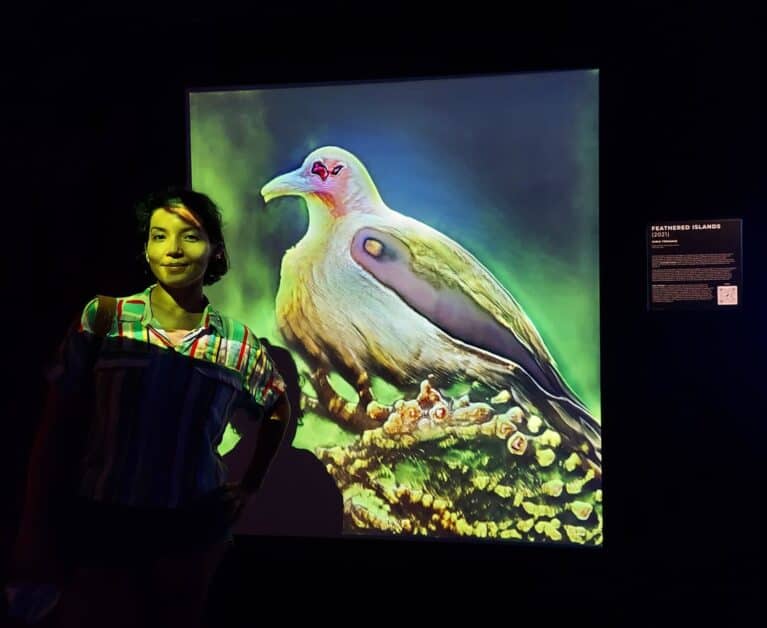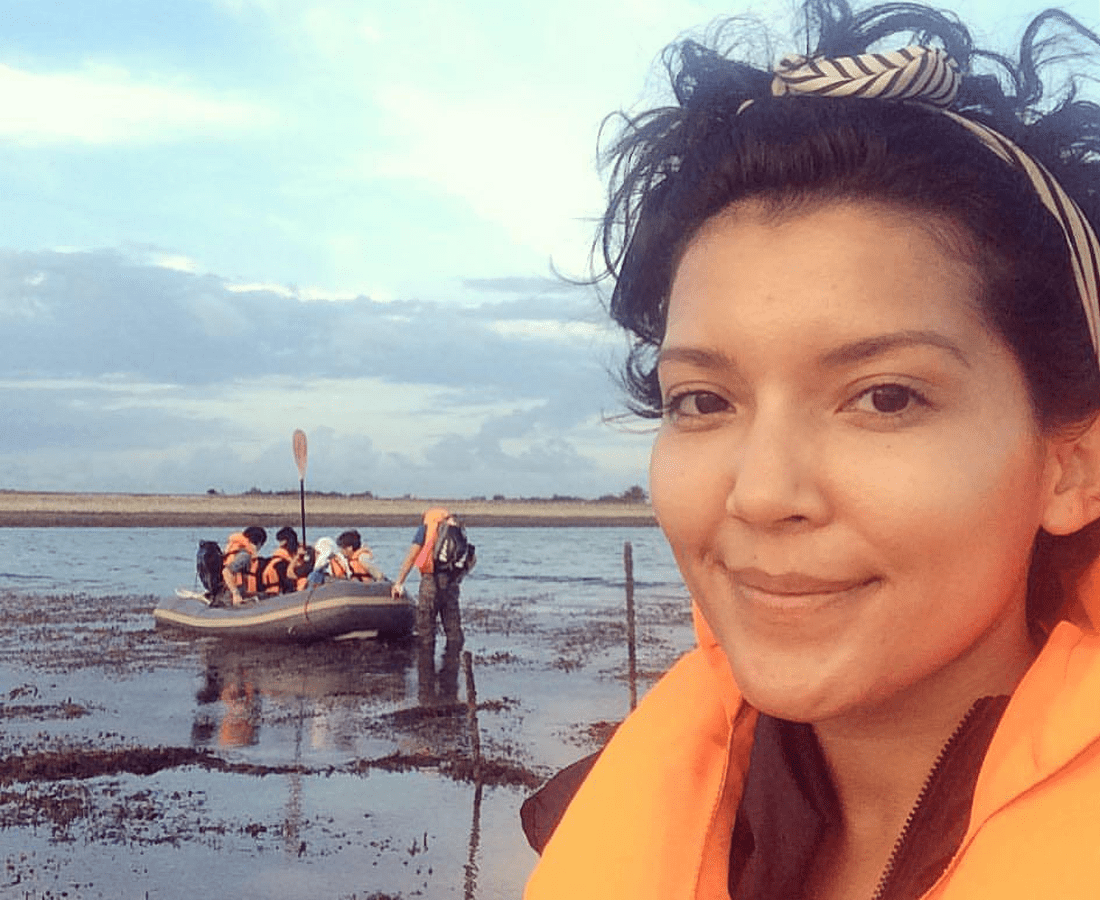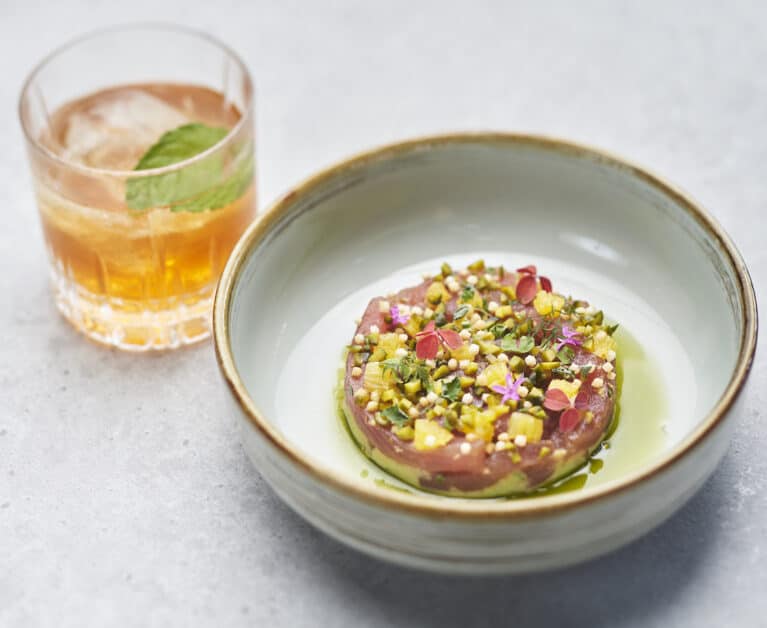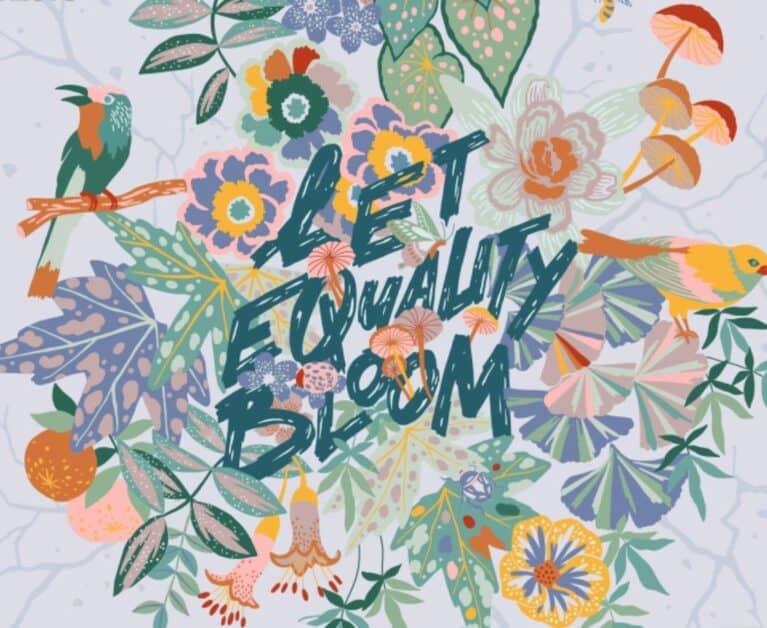Eye Candy: We Talk Marine Ecology and Rethinking Sustainability with Visual Artist Juria Toramae

PUBLISHED February 11th, 2022 05:00 am | UPDATED February 22nd, 2022 11:42 am
Though we live on an island, how often is it that we appreciate the rich waters around Singapore – frequently dismissed as murky and unappealing? In visual artist Juria Toramae‘s work, however, the ocean comes to life in vivid, imaginative ways. Blending photography, cartography, and CGI, she transforms her records of Southeast Asia’s marine life into meditative reimaginings of history and ecology.
Case in point: her latest work for Crossroads 2022, Pelagic Dreams 2 (Redux). This video piece draws on machine learning to create phantasmal forms of marine species – thus provoking a rethinking of manmade classifications and oceanic potential. We chat with her on her nomadic background, her connection with the sea, and why we need to reframe sustainability.
You were born in Morocco, raised in Egypt and Thailand, and now live in Singapore. How was it like leading such a nomadic life from young?
There was a great sense of adventure in experiencing new customs and cultures. I’ve grown to accept that one can have multiple homes – and they are not necessarily spatial or cultural. I think the experience also instilled a certain kind of awareness of my surroundings, and especially of the natural environment. I have vivid memories of the flora and fauna I encountered in every place I used to call home.

Can you share more about your personal connection with the sea?
As a child, I lived right by the Atlantic coast of Morocco and spent most of my play time picking shells, learning to swim, and secretly hoping to see merfolk. Naturally, when I moved to Singapore twelve years ago, the first thing I wanted to do was to explore the marine environment and its histories. And I have not stopped ever since.
Tell us more about your latest work for Crossroads 2022, Pelagic Dreams 2 (Redux).
Pelagic Dreams 2 (Redux) is part of an ongoing project I began last year that explores the latent capacity of the oceanic world to imagine new lifeforms. The lifeforms are continuously shapeshifting based on my personal documentation of various marine species found in Southeast Asian waters. Essentially, I wanted to make a space for the ocean to imagine and conjure species other than those discovered and indexed by us humans, and to raise questions about the limits of human agency and dominion.

Under the same project, I created Pelagic Dreams and Uncanny Lagoon which were exhibited in 2021. There was also an offshoot commission by the Lee Kong Chian Natural History Museum called Feathered Islands which explored the idea of birds as islands.
You’ve said that Pelagic Dreams seeks to ‘rethink the underlying concept of sustainability to become less anthropocentric’. In what ways do you feel that current modes of sustainability are too centered in the human image?
I think we can look at this by asking: what is sustainability and who is it for? By definition, it relates to managing resources without depleting them for future generations — which, in the context of the environment, reiterates human dominion and reifies the view of the world as for human consumption. I am very uncomfortable with such a view.

You’ve sought to capture Singapore’s marine life in works like Field Notes from the South Seas. What are some revelations you’ve surfaced that might surprise most Singaporeans?
One thing that I still hear every now and then is that “if the water is brown, there is no life”. This is absolutely not true. Recently, a local diver discovered the rare blue-ringed octopus — one of the world’s most venomous marine animals — in the waters of Pulau Hantu to the south of Singapore!
Given the world’s current state of ecological crisis, is it hard to stay inspired?
Not at all. It’s precisely due to the current state of things that I do what I do now. I’d be lying to say it doesn’t affect me emotionally or mentally, but that has not led to incapacity or hopelessness.

What are some of your favorite spots to soak up nature in Singapore?
Bukit Timah Nature Reserve, The Sisters’ Islands Marine Park, and Sungei Buloh Wetland Reserve.
Art aside, what do you enjoy doing in your free time?
I love experimenting in the kitchen. My most recent successful experiment was making chickpea tempeh from scratch!
What’s one thing you’re looking forward to for 2022?
The end of COVID-19. Please.


